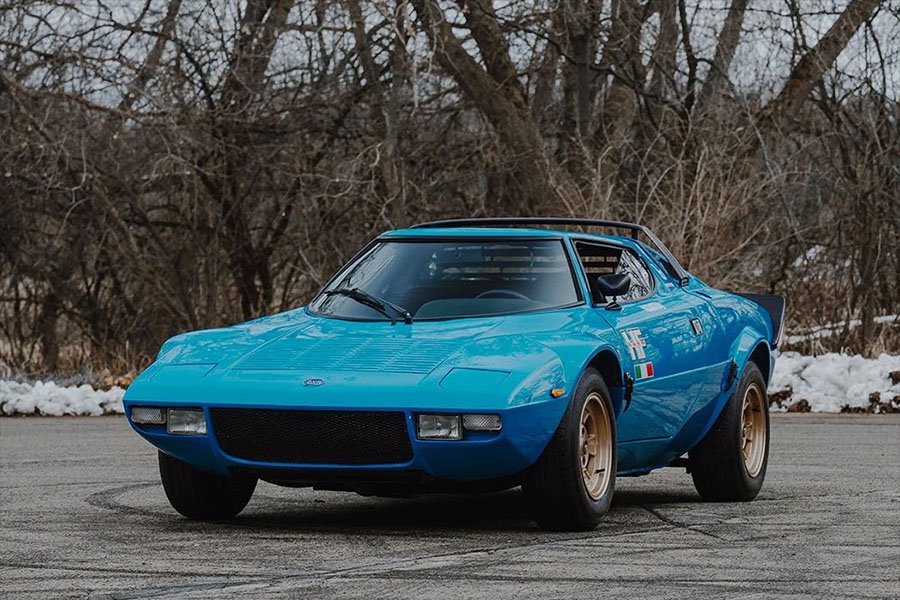One to Buy: 1 owner 9000km ultra rare in Black 1985 Lancia Delta S4 Stradale
/ Ben Tyer
Having considered four-wheel drive too complex for its first Group B special, the 037, Lancia soon found itself being eclipsed by Peugeot and Audi who made no such mistake.
In order to recover the Driver and Manufacturer titles that had departed Italy for Germany and France after 1983, Lancia commissioned what would come to be regarded as the ultimate expression of the Group B theme: the Delta S4.

With a state-of-art specification that included a turbocharged and supercharged engine, the Delta S4 was the fastest, most powerful and most spectacular Group B machine to grace the special stages before the rule makers called time owing to one too many fatal accidents.
While the overwhelming majority of Delta S4s produced during the latter part of 1985 were red with tan alcantara upholstery, a handful of cars came in different body colours and with leather trim.

One such machine was chassis ‘005’ which will be going under the hammer at Bonhams Quail Lodge auction on August 18th. Purchased direct from Lancia on September 14th 1987, ‘005’ has remained with the same owner ever since, during which time it has formed the cornerstone of an impressive Group B collection.
Configured in ultra rare black with red leather upholstery, chassis ‘005’ has covered a little under 9000km from new. It comes with a fully documented history back to day one and is being offered in excellent original condition throughout.





















































